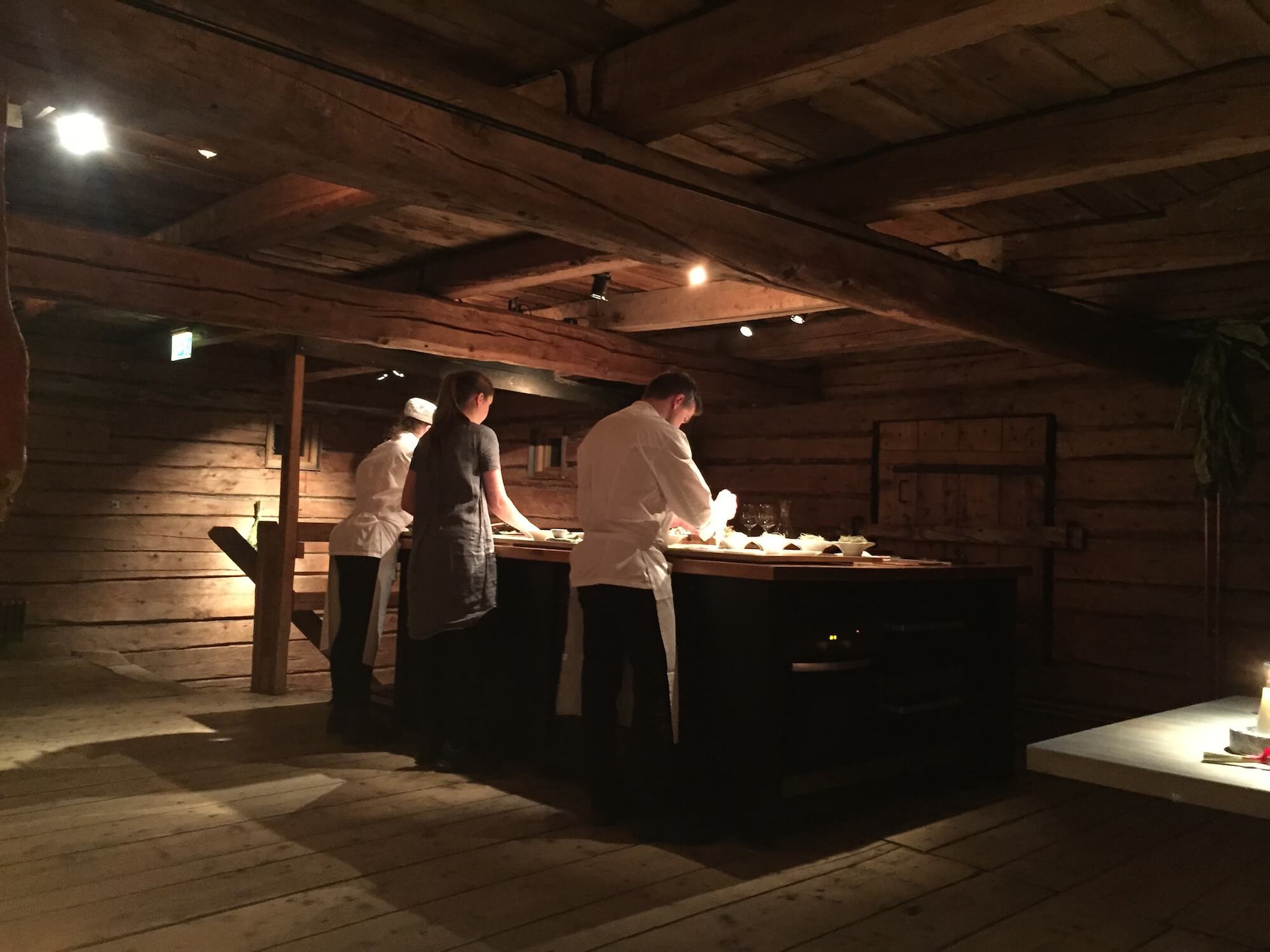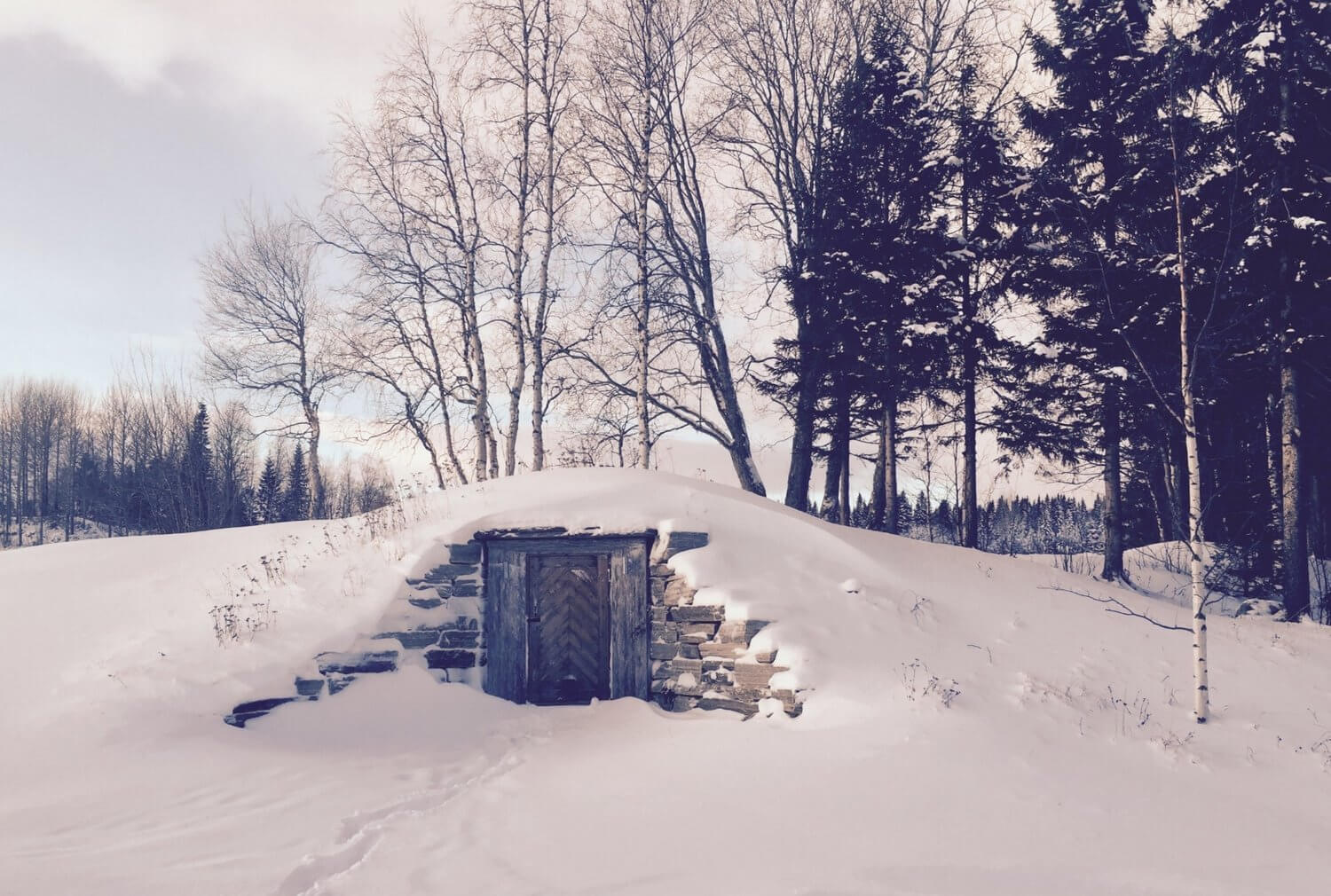If you had asked some of the world's top food critics and writers to describe Nordic cuisine 10 or 15 years ago, most would have been at a loss. Nordic or Scandinavian cuisine in the 90s and early 2000s was about as far from the tables of the elite culinary world as possible.
And yet, here we sit just a few years later and New Nordic is a phrase on every food critics' lips. It is a trend that seems to have been born out of nowhere and yet, its roots run deep and clear through the Nordic world.
"New Nordic" is basically just the modernization of traditional Nordic cuisine - fine dining techniques and precision applied to the humble fare of Europe's far northern stretches.
At its core, New Nordic can be traced back to restaurants like Noma in Copenhagen, where dedicated chefs worked to breath life back into a forgotten cuisine. Beyond Noma, today you can dine on New Nordic cuisine at world class restaurants like Maaemo in Norway, Fäviken in Sweden, and even Aquavit in New York City.
What started in the restaurant world has spread quite far beyond it.
The New Nordic culinary trend has given rise to a number of research institutes, conferences, and labs dedicated to studying, advancing, and preserving Nordic cuisine. The traditional recipes and ingredients of the Nordic are being studied by groups like the Nordic Food Lab while the big ideas of the food world are being discussed and debated at conferences like Copenhagen's MAD Symposium.
But what drove this trend?
How is it that Nordic cuisine, practically unheard of on a global scale just a few years ago, is now such a significant part of the wider culinary world?
One might look towards research published at the beginning of the trend, showing that the traditional Nordic diet is quite healthy.
It could have been simply that the Nordic lifestyle started to become more idealized in pop culture with the trends towards Scandinavian minimalism and the popularity of Scandinavian brands like Ikea.
It is easy to see how the trend towards locally grown produce and sustainable eating choices matched well with the eco-conscious Nordic countries and could have helped drive the interest.
For many people in the Nordic culinary world, it all boils down to Noma - one restaurant, a chef, his partner, and their passion for Nordic cuisine.
In reality, New Nordic took off for all these reasons and many more.
At its core, it was a group effort, started thanks to Noma’s Rene Redzepi and Claus Meyer who organized the first symposium on New Nordic cuisine. That was quickly followed by the “New Nordic Cuisine Manifesto” which was approved and adopted by many of the region's top restaurants and chefs.
Eventually, New Nordic cuisine even won political endorsement, with officials in the ministries of fisheries, agriculture, forestry, and food throughout the Nordic praising and dedicating support to the movement.
New Nordic cuisine was not born out of nowhere, despite how it might appear to the outside world, but rather it was carefully and deliberately constructed to advance the agricultural and culinary industries of the region.
While the rise of New Nordic might have been planned out from the very beginning by talented chefs, the popularity of the cuisine on a global scale has everything to do with much older Nordic culinary traditions.
When New Nordic was first being dreamt up, traditional Nordic cuisine was suffering a slow death under the pressures of the modern industrialized food industry. While plenty of people could remember and even perhaps make the more traditional recipes of the region, the cuisine as a whole was being pushed aside for more convenient, often imported, foods.
Rather than inventing a new cuisine, New Nordic simply brought back to light the ignored but not quite vanished elements of the traditional Nordic kitchen.
The people of the Nordic region haven’t needed to rely on traditional food preservation techniques since the invention of the refrigerator. Imported foods made it possible for fresh vegetables and fruits to be available all winter long.
The industrialized food industry meant that in many places in the Nordic region food production was trending towards monocultures which were profitable on the international market. Denmark became one of the world’s biggest pork exporters while Norway dominated smoked salmon sales.
And yet, despite the odds, traditional Nordic cuisine managed to survive in the middle of all this modernization - not on the surface, not celebrated or enjoyed in everyday kitchens but still at least in the minds and memories of the Nordic people.
Without this traditional knowledge to build upon, New Nordic cuisine would have had nowhere to turn, nothing to set it apart.
The world of fine dining is constantly looking for something new and trendy and at the start of the New Nordic culinary movement, new meant old.
It took digging out old cookbooks, research trips to more remote and traditional regions of the Nordic, and cooking lessons with grandmothers and great-grandmothers to recover many pieces of the old Nordic culinary traditions.
A whole culinary heritage was on the verge of being lost to history forever but at the last moment saved by the young creative minds of a few passionate chefs.
Today there is a renewed pride in traditional Nordic cuisine. People are learning the recipes of their ancestors, preserving their family culinary traditions, and celebrating the flavors and ingredients of the past.
What would have happened though if the New Nordic culinary movement hadn’t come about? What if the people of the Nordic had continued to embrace the convenience of imported foods all winter long and grown bored with the flavors of the past?
For how many more generations would the traditional techniques, knowledge, and recipes have survived just below the surface?
It took a huge movement in the modern food world to bring traditional Nordic cuisine back to life and quite literally millions of dollars.
Not every traditional food culture has this kind of luck.
Are we at this very moment losing the last pieces of another unique and important food culture somewhere else in the world?
What is being lost under the pressures of the modern food industry and how can we perhaps encourage other movements, like that of New Nordic cuisine, to ensure diversity is preserved throughout the world’s food systems?





